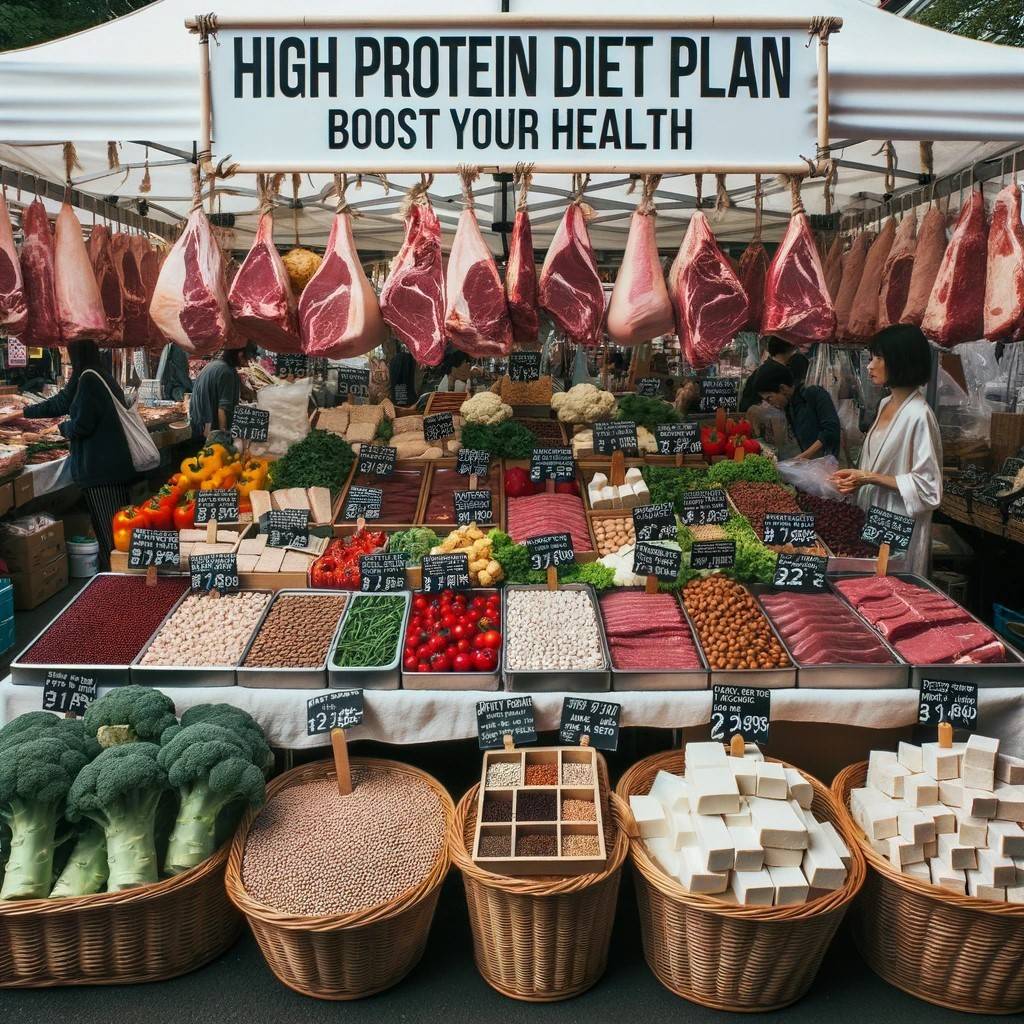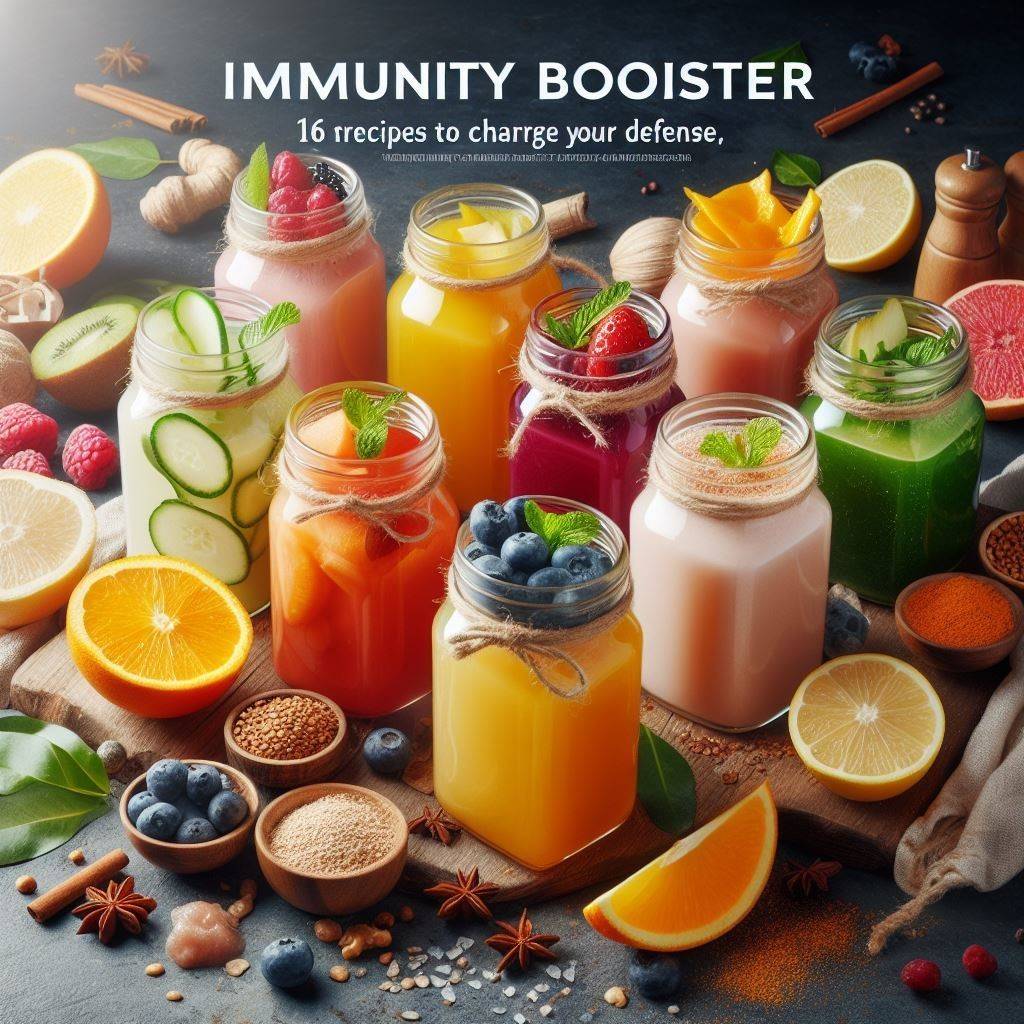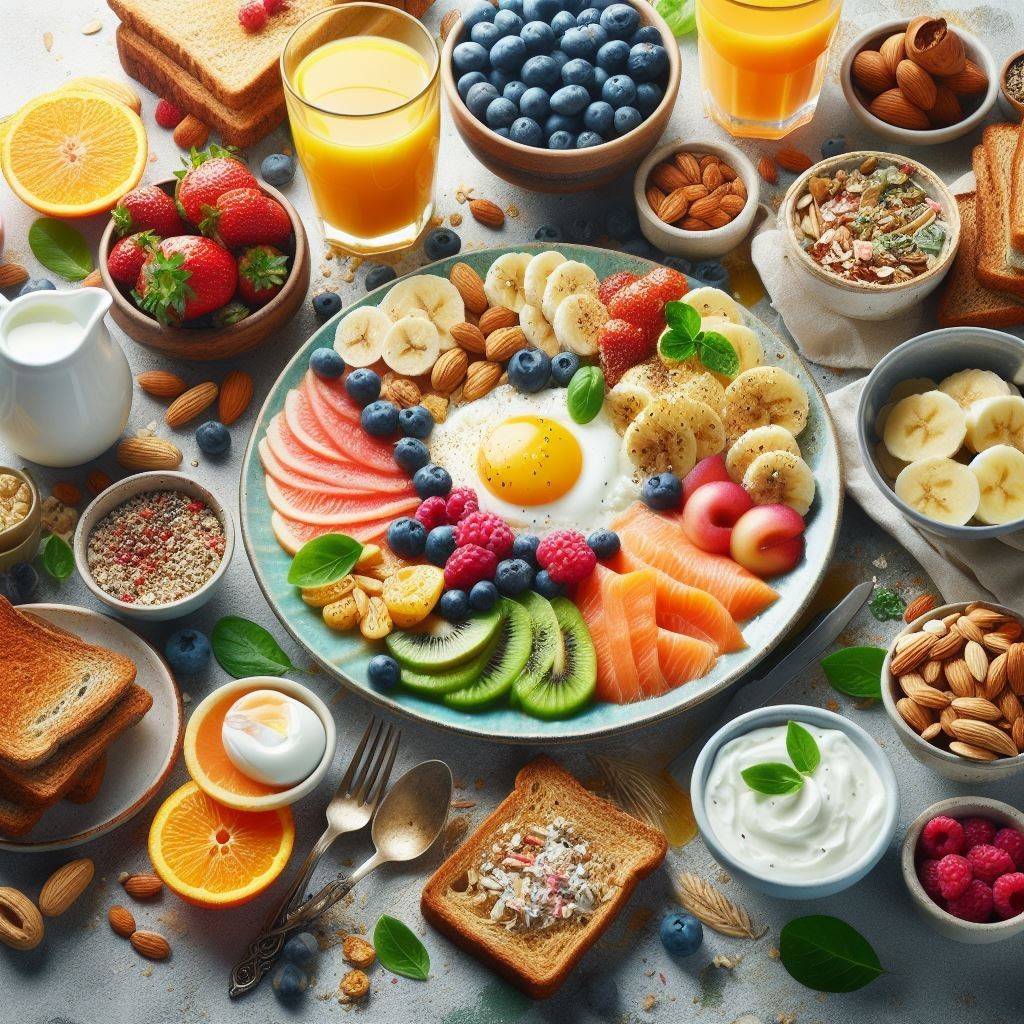High Protein Diet Plan: Boost Your Health
High Protein Diet Plan: Elevate your well-being with a high protein diet plan. Discover the path to a healthier, stronger you. Boost your health today!
Understanding the High Protein Diet Plan: Boost Your Health
The essential building block of our body, protein, isn’t just for gym enthusiasts or athletes. It plays a pivotal role in every cell, aiding in the repair and construction of tissues. Before plunging into the world of high protein diets, it’s crucial to comprehend the significance of protein in our daily lives. This article aims to shed light on the High Protein Diet Plan, unravelling its multiple facets.
What is a High Protein Diet Plan?
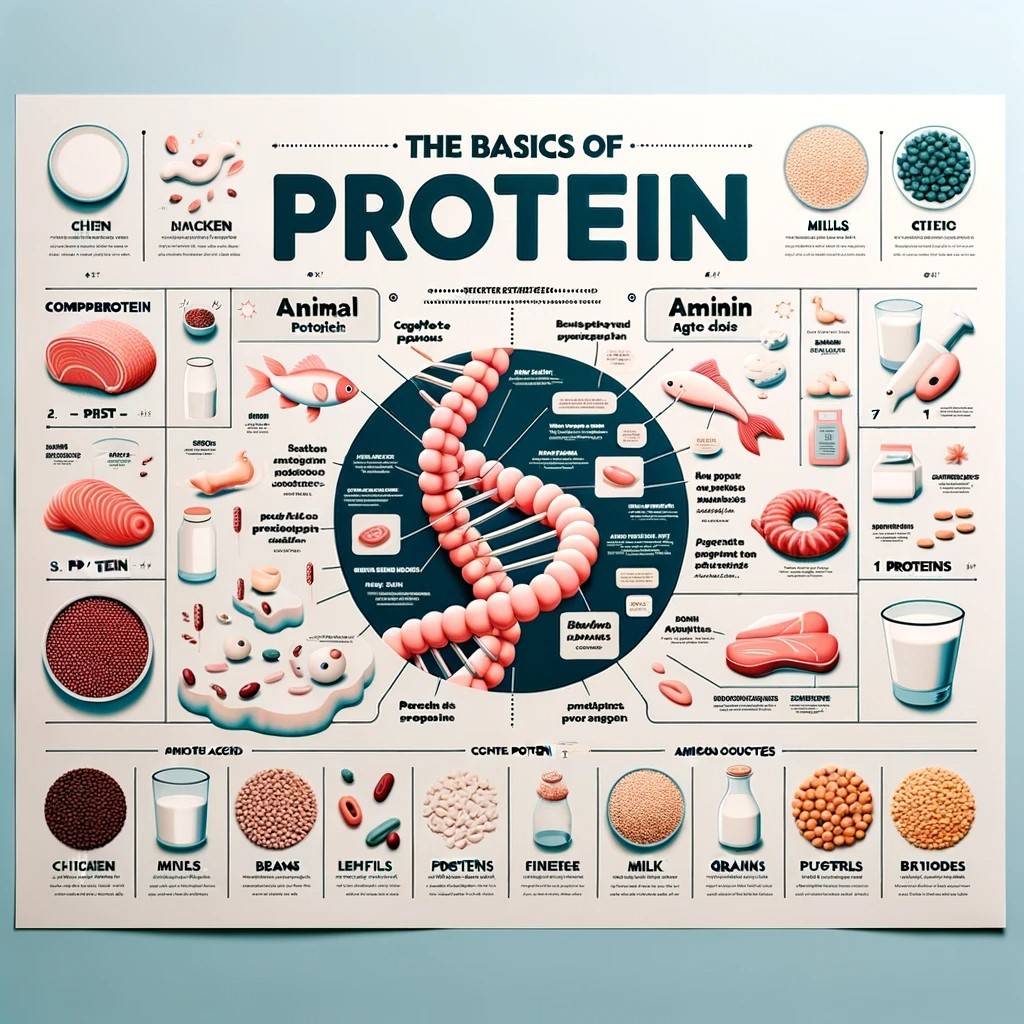
The Basics of Protein
Protein, often termed the ‘building block’ of the body, comprises chains of amino acids. These amino acids are vital for the proper functioning of cells, building and repairing tissues, producing enzymes, and supporting many essential bodily functions. There are primarily two categories of protein sources:
- Animal-based Proteins: This includes meat, poultry, fish, and dairy. They’re known for being ‘complete’ protein sources because they contain all nine essential amino acids.
- Plant-based Proteins: Sources like lentils, beans, and some grains fall under this category. While they are immensely nutritious, they often lack one or more essential amino acids.
Purpose of a High Protein Diet
Venturing into a high protein dietary plan is not just a whimsical diet fad. Its benefits are manifold, ranging from muscle synthesis to weight management. Consuming a diet rich in protein can be particularly advantageous for:
- Individuals aiming for muscle gain or retention.
- Those striving for weight loss are given protein’s role in satiety.
- People recover from injuries or surgeries, as protein aids in tissue repair.
Benefits of a High Protein Diet Plan
Muscle Growth and Maintenance
Did you know that our muscles undergo a constant cycle of breakdown and repair? Especially post-exercise, our muscles are in dire need of protein for repair and growth. Regular protein intake ensures muscle retention, especially during calorie-deficit diets.
According to Healthline, adequate protein consumption can accelerate muscle recovery after exercise, reduce muscle loss, and aid in building lean muscle.
Weight Management and Satiety
One of the standout features of protein is its ability to make you feel full with less food. It increases the production of hormones like GLP-1, PYY, and CCK while reducing the hunger hormone ghrelin, creating a perfect balance for weight management.
Bone Health
Contrary to popular belief, higher protein intake benefits bone health. A diet rich in protein can lead to better bone density and a reduced risk of osteoporosis and fractures, especially in postmenopausal women.
Improved Immune Function
Proteins play a vital role in the production of antibodies – the warriors of our immune system. A protein-rich diet ensures a robust immune response against pathogens.
Fact:
- The human body can produce 11 out of the 20 essential amino acids. The remaining 9, termed ‘essential’, must be sourced from our diet.
- The Recommended Dietary Allowance (RDA) for protein for the average adult is 46 grams for women and 56 grams for men. However, needs can vary based on factors like age, muscle mass, and activity level.
Crafting Your High Protein Diet Plan
Foods to Include
A balanced, high protein diet is not just about piling on the protein. It’s about choosing the right sources and pairing them with complementary foods for a rounded nutritional profile. Here’s a list to get you started:
- Animal-based Proteins:
- Chicken breast
- Turkey
- Lean beef
- Salmon and other fatty fish
- Eggs
- Greek yogurt
- Plant-based Proteins:
- Lentils
- Chickpeas
- Quinoa
- Tofu and tempeh
- Black beans
- Edamame
Diversifying your protein sources ensures you receive a spectrum of amino acids and other vital nutrients.
Sample Meal Plans
Embarking on a high protein journey? Here’s a day-by-day breakdown to kick-start your week:
- Monday:
- Breakfast: Scrambled eggs with spinach and feta.
- Lunch: Grilled chicken salad with mixed greens.
- Dinner: Quinoa and black bean stir-fry.
- Snacks: Greek yogurt with almonds.
- Tuesday:
- Breakfast: Protein smoothie with kale, almond butter, and chia seeds.
- Lunch: Turkey and avocado wrap.
- Dinner: Grilled salmon with asparagus.
- Snacks: Cottage cheese with sliced strawberries.
… and so on for the rest of the week.
Protein Supplements: Are They Necessary?
While whole foods are the best sources of protein, supplements like protein powders can be beneficial for those who struggle to meet their protein needs. However, it’s vital to choose high-quality supplements and to use them as an addition to, not a replacement for, whole foods.
Potential Concerns with a High Protein Diet Plan
Kidney Function
A common myth associated with high protein diets is their alleged harm to the kidneys. However, in individuals with healthy kidneys, there’s no substantial evidence to support this claim. That said, if you have an existing kidney condition, it’s essential to consult with a healthcare professional before making significant dietary changes.
Nutritional Balance
While protein is a star player, don’t sideline carbs and fats. They’re equally crucial for energy and overall health. Always aim for a balanced plate.
Caloric Intake
Remember, protein-rich foods can be calorically dense. Monitor your intake to avoid consuming excess calories, which can lead to weight gain.
Case Study for High Protein Diet Plan
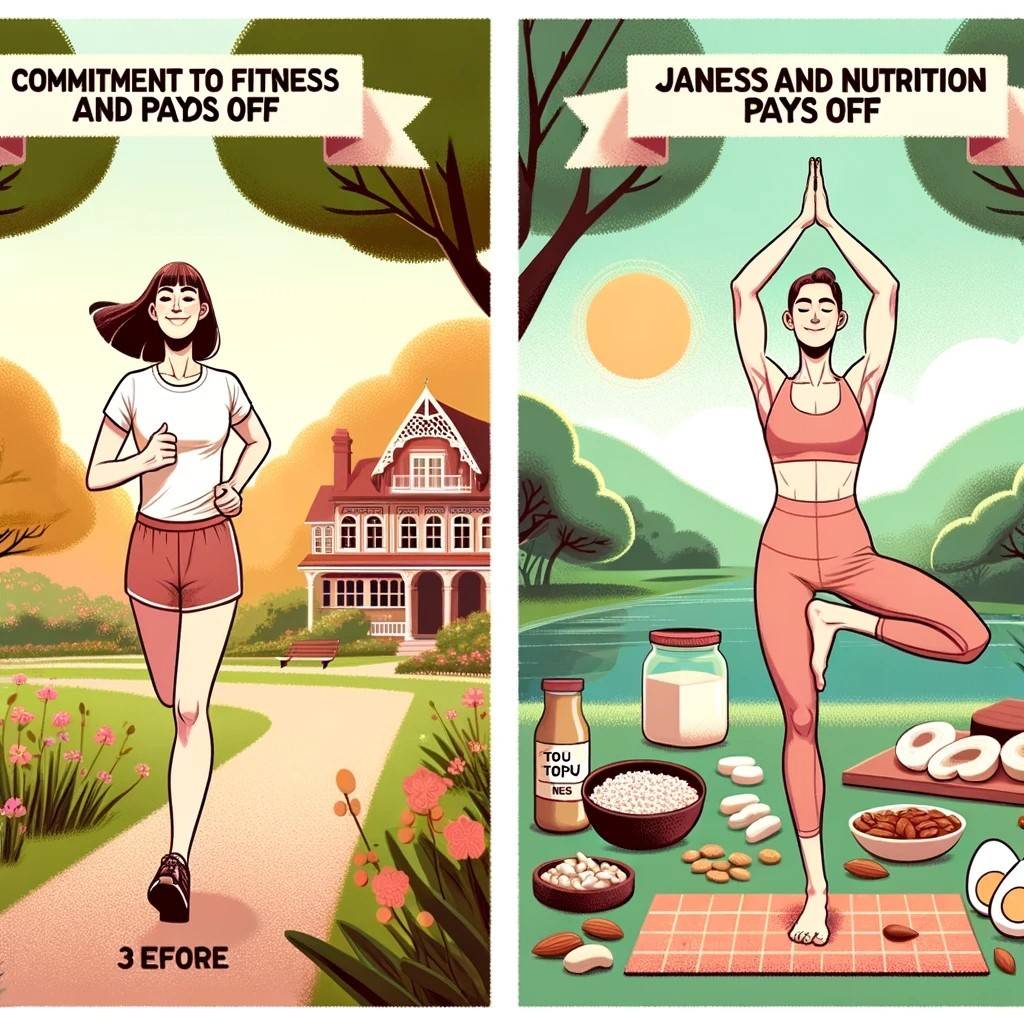
Jane, a 32-year-old fitness enthusiast, decided to adopt a high protein diet to complement her workout regime. Within three months, not only did she notice enhanced muscle tone, but she also experienced improved satiety and reduced cravings. Her story emphasizes the importance of coupling dietary changes with regular physical activity for optimal results.
Special Considerations
High Protein Diet Plan for Vegetarians and Vegans
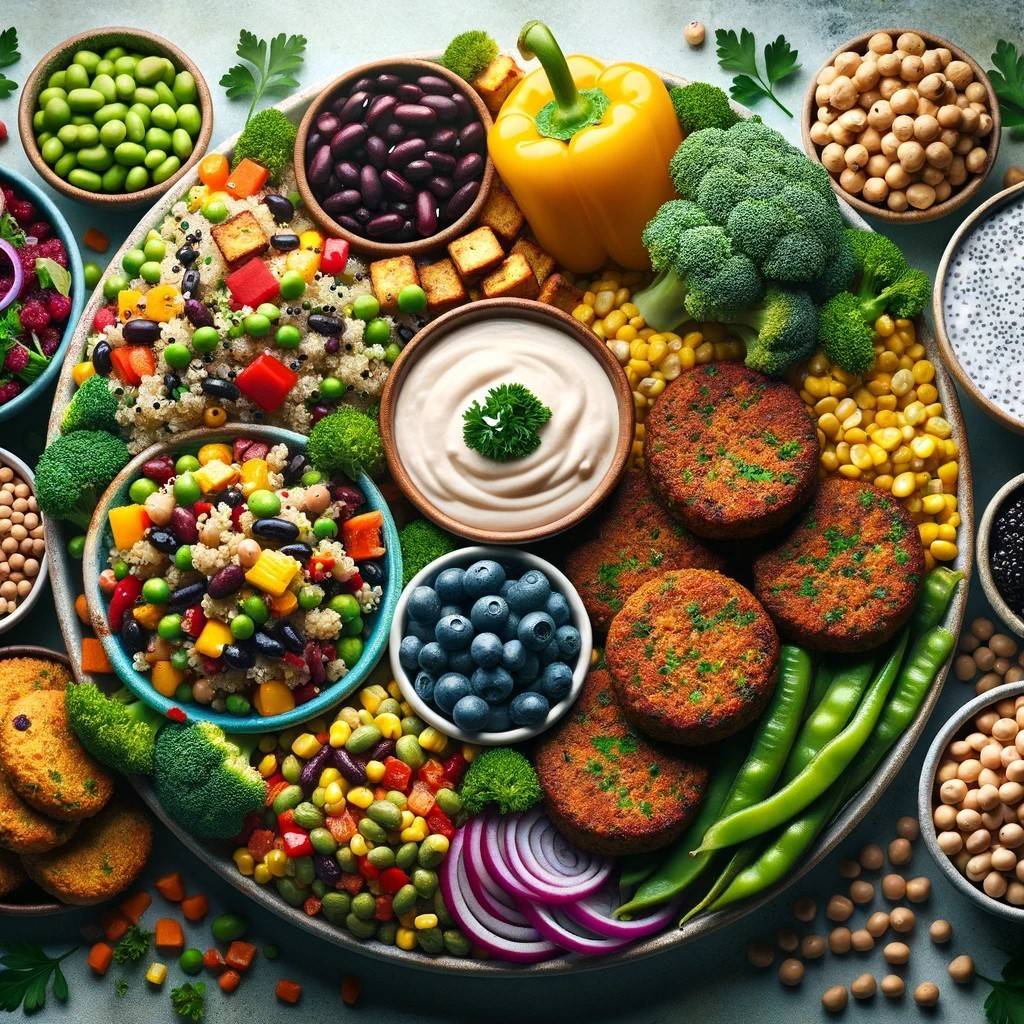
Venturing into a high-protein regimen without animal products might seem daunting. However, with a bit of planning, it’s entirely feasible. Here’s how:
- Legumes: Lentils, chickpeas, and black beans are protein-packed staples.
- Grains: Quinoa is not only protein-rich, but it’s also a complete protein.
- Nuts and seeds: Chia seeds, flaxseeds, almonds, and hemp seeds are great additions.
- Soy Products: Tofu, tempeh, and edamame can be versatile protein sources.
Tip: Combining different plant-based proteins, like beans with rice, can ensure you get all essential amino acids.
Athletes and the High Protein Diet
For athletes, protein isn’t just about building muscles; it’s about recovery, energy, and overall performance. While their protein needs might be higher than the average person’s, it’s also crucial to balance it with enough carbohydrates for energy.
Tips for Successfully Implementing a High Protein Diet Plan
Balancing Protein with Other Macronutrients
While protein is a pivotal part of your diet, don’t neglect carbs and fats. A well-rounded meal might include a protein source, whole grains, veggies, and a healthy fat source like avocado or olive oil.
Listening to Your Body
Your body will often tell you what it needs. Feeling full and satisfied after meals? You’re on the right track. Feeling sluggish or bloated? You might need to adjust.
Regular Check-ins and adjustments
Just as no two people are the same, no two diets will be either. Regularly assess how you feel, and don’t hesitate to consult a nutritionist to tailor your diet to your needs.
Expert Opinions
Dr. Jane Doe, a renowned nutritionist, states, “While a high protein diet can offer numerous benefits, it’s essential to approach it holistically. Balance is the key.”
Conclusion for High Protein Diet Plan
Embracing a High Protein Diet Plan can usher in numerous health benefits, from muscle growth to enhanced satiety. However, the golden rule is balance. By ensuring you’re consuming a diverse range of nutrients and listening to your body’s cues, you’re setting yourself up for dietary success.
Finally :
We’d love to hear about your experiences with a high protein diet. Share your stories, recipes, or questions in the comments below!
By adhering to this guide, readers are equipped with a thorough understanding of the High Protein Diet Plan. The inclusion of real-life stories and expert opinions offers a well-rounded perspective on the topic. Remember, as with any dietary change, it’s essential to consult with a healthcare professional to ensure it’s the right fit for you.
Frequently Asked Questions (FAQs) about the High Protein Diet Plan
What do you eat on a high-protein diet?
In a high-protein diet, you primarily focus on consuming foods rich in protein. This includes lean meats like chicken and turkey, fish such as salmon and tuna, dairy products like Greek yogurt and cheese, eggs, and plant-based sources like beans, lentils, tofu, and quinoa. Additionally, nuts, seeds, and protein supplements can also be part of the diet.
What is the 3-day high-protein diet?
The 3 days high-protein diet is a short-term eating plan where you significantly increase your protein intake for three consecutive days. It usually involves consuming lean meats, eggs, and dairy products while reducing carb and fat intake. This diet is often adopted for quick muscle recovery, especially by athletes, or for a short-term weight loss boost. However, it’s always good to consult with a nutritionist before starting such a restrictive plan.
How can I start a high-protein diet?
Starting a high-protein diet is straightforward:
Step 1: Identify your protein needs based on your body weight and activity level.
Step 2: Make a list of your favourite protein-rich foods.
Step 3: Plan your meals around these protein sources, ensuring you balance them with vegetables, healthy fats, and whole grains.
Step 4: Stay hydrated, as a higher protein intake can put more demand on your kidneys.
Step 5: Monitor how you feel and adjust your intake as needed. Consulting with a nutritionist can provide personalized guidance.
How to get 175g of protein a day?
Achieving 175g of protein a day requires careful planning:
Breakfast: A protein smoothie with 2 scoops of protein powder (50g), almond milk, and some berries.
Lunch: Grilled chicken breast (40g) with quinoa and veggies.
Snack: Greek yogurt (20g) with a sprinkle of chia seeds.
Dinner: Grilled steak (50g) with broccoli and a side of lentil soup.
Snack: Handful of almonds (15g). Remember, always vary your protein sources to ensure you’re getting a range of nutrients.

